Inside C4C’s process part 2: How we craft our messaging at C4C
Discover how C4C turns research into powerful messaging strategies, using theory, empathy, and creativity to build campaigns that truly drive change.
By Macan Wigit, Consultant
November 1 2025
November 1 2025
This article is the last in a two-part series. Here we will discuss the inside processes of our work in C4C. You can check the “research” aspect in part 1 here
In C4C, messaging is defined as a deliberate act where a sender formulates and conveys a message to a recipient, aiming to induce changes in their attitudes or behavior. This article will primarily focus on campaigns, a major output of effective messaging, and how we use thorough research to develop a compelling narrative as the main “meat” of our campaigns, ensuring our messaging resonates and achieves its desired impact.
In C4C, messaging is defined as a deliberate act where a sender formulates and conveys a message to a recipient, aiming to induce changes in their attitudes or behavior. This article will primarily focus on campaigns, a major output of effective messaging, and how we use thorough research to develop a compelling narrative as the main “meat” of our campaigns, ensuring our messaging resonates and achieves its desired impact.
Effective strategies always start from strong theory of change
A theory of change in essence is a detailed, evidence-based plan that shows how a program or project is supposed to get to its desired results. Think of it like a roadmap that guides everything from the initial planning to the ultimate end goal. At its core, it breaks down the problem we’re trying to solve, sets a clear and measurable long-term goal.
This framework maps out the logical flow of events, from what we put in and what we do, to the short-term, intermediate, and long-term results, showing the expected path to change. A theory of change lets everyone involved look at the logic behind a project, spot any potential gaps, and make the program design stronger.
A campaign represents a purposeful action designed to change a situation by influencing the behavior of specific population segments. But how exactly can a campaign bring about situational change? We lay the mechanism out by using a framework called the theory of change
This framework maps out the logical flow of events, from what we put in and what we do, to the short-term, intermediate, and long-term results, showing the expected path to change. A theory of change lets everyone involved look at the logic behind a project, spot any potential gaps, and make the program design stronger.
A campaign represents a purposeful action designed to change a situation by influencing the behavior of specific population segments. But how exactly can a campaign bring about situational change? We lay the mechanism out by using a framework called the theory of change
Two elements that must be established first in any strategy are "where we are now" and "where we are going."
We start from "where we are going", by picturing the ideal world the campaign will bring. This should be derived from the vision of the organization that runs the campaign and the objectives of its program.
Using the “where we are going” statement, we describe what “solved” looks like by listing:
Here’s an example of the theory of change for our anti-deforestation campaign in 2019, entitled “Golongan Hutan”:
We start from "where we are going", by picturing the ideal world the campaign will bring. This should be derived from the vision of the organization that runs the campaign and the objectives of its program.
- A vision describes an ideal situation that an organization or program can achieve over the long term, or even within a lifetime. Examples of visions include "eliminating the negative impacts of climate change," "nurturing democracy," or "realizing social justice for girls."
- Objectives describe the desired state the organization wants to achieve within 12-18 months. Objectives must meet SMART criteria (specific, measurable, achievable, relevant, and time-bound).
Using the “where we are going” statement, we describe what “solved” looks like by listing:
- What observable changes will indicate the problem has been solved?
- What aspects will no longer be visible once the problem is resolved?
Here’s an example of the theory of change for our anti-deforestation campaign in 2019, entitled “Golongan Hutan”:
Deciding the route we want to partake now that we have the roadmap
A good strategy can always be elaborated in one sentence. If we can’t make it clear with fewer words, it is possible that we may not have a good strategy yet. To help writing this sentence, we use a simple framework we internally call the “GET-WHO-TO-BY” framework. The framework follows:
Then, we explain who our target audience is — not just in terms of demographics, but more importantly, what they think, say, feel, and do about the issue we’re campaigning for. We use an Empathy Map to help us find the right insights. All the data and information we gather from our initial research serve as material to complete this map. This decision aligns directly with the “where we are now” part of the strategy, as the people we want to influence will always be part of the subjects of our research.
- GET + the short description of the campaign target
- WHO + the summary of the From column that highlights what stands in between
- TO + the campaign outcome
- BY + the summary of the chosen approach.
Then, we explain who our target audience is — not just in terms of demographics, but more importantly, what they think, say, feel, and do about the issue we’re campaigning for. We use an Empathy Map to help us find the right insights. All the data and information we gather from our initial research serve as material to complete this map. This decision aligns directly with the “where we are now” part of the strategy, as the people we want to influence will always be part of the subjects of our research.
We then use several different frameworks or ways of thinking to select the factors in the Empathy Map that will become the focus of our campaign. We can also set aside factors in the Empathy Map that relate to access or infrastructure, as these are usually beyond our control.
After choosing the framework and focusing on the key factors in the Empathy Map, we fill out the From–To Table. We make sure the “From” column contains concrete and specific statements, as if we could hear the thoughts and feelings of our target audience. This is an example from one of the public campaigns done by the UK Health Ministry, This Girl Can.
After choosing the framework and focusing on the key factors in the Empathy Map, we fill out the From–To Table. We make sure the “From” column contains concrete and specific statements, as if we could hear the thoughts and feelings of our target audience. This is an example from one of the public campaigns done by the UK Health Ministry, This Girl Can.
With this. we can decide what to write in the “WHO” and “TO” sections of the strategy, making our next step to be finding what to write in the “BY”. Or in other words, deciding the chosen approach.
We employ a blend of behavioral science theories to determine our chosen approach. This framework acts as a lens, providing various explanations for why our target audience has not yet adopted desired behaviors. It helps us understand why people often fail to do what they know is beneficial or continue behaviors they know are harmful.
Additionally, we use Moral Foundation Theory (MFT) to explain how group values and social identity influence a community's steadfast opinions and resistance to changing their beliefs.
Most Indonesians tend to be conservative. However, many social campaigns use narratives that primarily appeal to liberal audiences, focusing on concepts like human rights, justice, equality, and harm reduction. In contrast, conservatives prioritize duty, obligation, patriotism, nationalism, tradition, order, and purity. Therefore, campaigns must reframe issues using moral foundations that resonate more with these conservative values so we don’t alienate the majority of our audience.
We employ a blend of behavioral science theories to determine our chosen approach. This framework acts as a lens, providing various explanations for why our target audience has not yet adopted desired behaviors. It helps us understand why people often fail to do what they know is beneficial or continue behaviors they know are harmful.
Additionally, we use Moral Foundation Theory (MFT) to explain how group values and social identity influence a community's steadfast opinions and resistance to changing their beliefs.
Most Indonesians tend to be conservative. However, many social campaigns use narratives that primarily appeal to liberal audiences, focusing on concepts like human rights, justice, equality, and harm reduction. In contrast, conservatives prioritize duty, obligation, patriotism, nationalism, tradition, order, and purity. Therefore, campaigns must reframe issues using moral foundations that resonate more with these conservative values so we don’t alienate the majority of our audience.
Articulate the strategy creatively to reach the desired response
In communication, our main task is to find the best match between stimuli and responses. When we write our strategy, we define the responses we want from our campaign targets. The next step is to develop the stimuli that will trigger those responses. These stimuli express our chosen approach and must share a unifying theme, not merely visual similarities. If writing the strategy is an exercise in analytical thinking, turning it into stimuli is an exercise in creative thinking. That’s why we use terms like “creative idea” or “campaign idea,” alongside “creative articulation” or “campaign theme.”
Campaign outputs are often pre-tested when there's uncertainty about the target audience's response to the creative articulation and its execution. This may be due to insufficient baseline data during strategy development, or a belief that the creative articulation could be overly complex or sensitive for the target audience.
Campaign outputs are often pre-tested when there's uncertainty about the target audience's response to the creative articulation and its execution. This may be due to insufficient baseline data during strategy development, or a belief that the creative articulation could be overly complex or sensitive for the target audience.
Messaging have to come with accountability
The key question in every campaign is: how do we know if our campaign is successful? To answer this, we need measurable parameters. Without clear metrics, it’s impossible to assess whether our strategy and creative articulation are truly influencing behavior, attitudes, or perceptions in the way we intend. Measurement ensures that our efforts are accountable and evidence-based, not just aspirational.
In the advertising world, practitioners often use a model known as the marketing funnel — a framework that describes the stages consumers go through, from awareness to action. We adapt this concept to the context of social change. Instead of focusing on product sales or brand loyalty, we use the funnel to understand how individuals move from being aware of a social issue, to caring about it, to finally taking meaningful action.
By applying the funnel to social campaigns, we can track progress across each stage and identify where the biggest gaps lie. For example, a campaign might succeed in raising awareness but fail to encourage behavioral change. Recognizing this helps us refine our messaging, strengthen our stimuli, and adjust our strategies to better engage the audience. Ultimately, using this adapted funnel gives us a structured, evidence-driven way to evaluate the real impact of our communication efforts.
In the advertising world, practitioners often use a model known as the marketing funnel — a framework that describes the stages consumers go through, from awareness to action. We adapt this concept to the context of social change. Instead of focusing on product sales or brand loyalty, we use the funnel to understand how individuals move from being aware of a social issue, to caring about it, to finally taking meaningful action.
By applying the funnel to social campaigns, we can track progress across each stage and identify where the biggest gaps lie. For example, a campaign might succeed in raising awareness but fail to encourage behavioral change. Recognizing this helps us refine our messaging, strengthen our stimuli, and adjust our strategies to better engage the audience. Ultimately, using this adapted funnel gives us a structured, evidence-driven way to evaluate the real impact of our communication efforts.

Using this funnel, we can measure the number of people “captured” at each stage of the funnel as a parameter of success.
- Exposed to the issue (Reach): This refers to the number of unique users who encounter our campaign material on their timelines. It tells us how far our message travels — how many people have at least seen or become aware of the issue, even if only briefly.
- Exploring the issue (Engagement): At this stage, we look at how deeply the audience interacts with our content. This is where the concept of content retention becomes important. Content retention measures how long people stay engaged with a piece of content. High retention means that the message holds the audience’s attention, signaling that the content is relevant, compelling, and well-structured. Low retention, on the other hand, suggests that we may need to refine our storytelling, pacing, or visual delivery to better maintain engagement. We only count the high retention content consumption as “engagement”.
- Conversion: This refers to the moment when the audience takes a specific action prompted by the campaign — such as clicking a link, signing up, donating, or sharing. That’s why every piece of content must include a Call to Action (CTA). The CTA makes it possible to measure how many people not only engaged but also acted upon our message. Without a clear CTA, it becomes difficult to quantify the effectiveness of each content piece in driving tangible outcomes.
- Active participation: This is when people begin to talk about or act on the issue independently, without prompting from civil society organizations (CSOs). At this point, they’ve internalized the issue and become active agents of change. This stage lies beyond the campaign’s direct influence — but reaching it is a strong indicator of sustained social impact and long-term behavioral change.
Enhancing our message’s reach using ads
C4C strongly advocates for the strategic utilization of digital advertisements as a crucial mechanism to transcend the limitations of the CSO’s echo chamber. This approach is fundamental to guaranteeing that campaign materials to effectively reach and resonate with the general public.
The deployment of paid digital placements also offers a multifaceted advantage. As mentioned before, it substantially broadens the reach of our campaigns, allowing messages to extend far beyond the typical networks and audiences already familiar with CSO initiatives. Secondly, and equally critical, it enables C4C to target the audience that we defined in our strategy, based on comprehensive insights and profiles derived from rigorous research.
This ensures that our messages are seen by the right people, at the right time, and in the right context. We’ve discussed this approach in detail in this article.
The deployment of paid digital placements also offers a multifaceted advantage. As mentioned before, it substantially broadens the reach of our campaigns, allowing messages to extend far beyond the typical networks and audiences already familiar with CSO initiatives. Secondly, and equally critical, it enables C4C to target the audience that we defined in our strategy, based on comprehensive insights and profiles derived from rigorous research.
This ensures that our messages are seen by the right people, at the right time, and in the right context. We’ve discussed this approach in detail in this article.
Ready to make your research or message matter?
At Communication for Change (C4C), we help organizations craft and deliver strategic communication and messaging that are evidence-based, context-aware, and designed to resonate with their audiences. Our work spans from supporting institutions in shaping policy recommendations and public narratives, to developing and executing social campaigns that drive meaningful change, from building critical awareness to mobilizing civic participation.
Contact us to explore how we can help translate insights into strategic, impactful communication and action, whether by developing narratives and messaging from the ground up, testing and refining existing ideas, or designing comprehensive campaigns that advance your social goals.
C4C is the architect of narrative change, we bridge research and communication to craft compelling messages and narratives that drive change.
We translate data and insights into strategic storytelling, helping organizations in the social sector engage audiences, inspire action, and create meaningful change. Whether you are a nonprofit looking to refine your storytelling or seeking research-backed strategies to enhance your influence, C4C has the expertise to bring your vision to life.
Contact us to explore how we can help translate insights into strategic, impactful communication and action, whether by developing narratives and messaging from the ground up, testing and refining existing ideas, or designing comprehensive campaigns that advance your social goals.
C4C is the architect of narrative change, we bridge research and communication to craft compelling messages and narratives that drive change.
We translate data and insights into strategic storytelling, helping organizations in the social sector engage audiences, inspire action, and create meaningful change. Whether you are a nonprofit looking to refine your storytelling or seeking research-backed strategies to enhance your influence, C4C has the expertise to bring your vision to life.
C4C is the architect of narrative change, we bridge research and communication to craft compelling messages and narratives that drive change.
We translate data and insights into strategic storytelling, helping organizations in the social sector engage audiences, inspire action, and create meaningful change. Whether you are a nonprofit looking to refine your storytelling or seeking research-backed strategies to enhance your influence, C4C has the expertise to bring your vision to life.
We translate data and insights into strategic storytelling, helping organizations in the social sector engage audiences, inspire action, and create meaningful change. Whether you are a nonprofit looking to refine your storytelling or seeking research-backed strategies to enhance your influence, C4C has the expertise to bring your vision to life.
Book a free 1-hour consultation!
You can choose a convenient time to have an hour session with one of of our consultants.
Dimas Haryo Metaram
Written by
Project Manager
Related Articles


